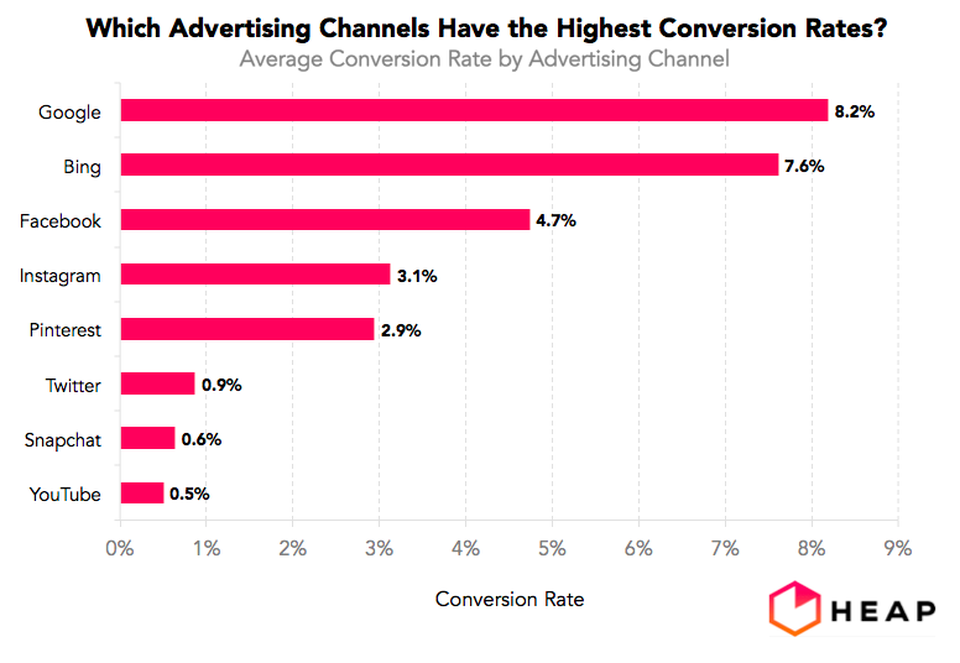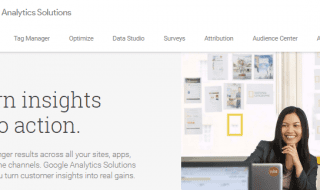
Whether you’re a startup or an established company, a social media presence does wonders for marketing and sales. You may rely on a witty advertising team to run your Twitter account, update your Facebook business profile, or add valuable content to Pinterest, but one surefire way to engage an audience is through influencer and social media marketing. Both options have become popular, effective ways to market your product, but only if you keep a watchful eye on key social media metrics. By following the right metrics, you can increase your visibility, reach, and return on investment.
Social Media Reach

The Six Most Effective Social Media Metrics To Understand Your Campaign’s Success
Social media reach is perhaps the most intriguing and important factor in social media and influencer marketing. This number expresses the total number of people who come across your social media posts across all social media platforms. If you added up all your followers on Twitter, followers on Pinterest, and “likes” on Facebook, the number would equal your social media reach. While there is some overlap, social media can give you a rough estimate of your ability to advertise, as well as the customer base reached via influencer marketing.
Engagement Rate

7 Creative Social Media Marketing Mini Case Studies
If you’ve ever shared a Facebook post or retweeted on Twitter, you’ve been part of an engagement rate. Calculated by dividing the number of tweets, shares, or comments over the total number of users that see the social media post, the engagement rate shows how many people interact with your users or brand name.
When a follower likes or favorites one of your posts, she’s acknowledging that it’s valuable to her. Knowing what percentage of your audience finds value in the things you post can—and should—inform your content moving forward.
Engagement typically falls into two categories: spreading a message or generating interaction. Both are effective ways of reaching your audience, while providing something tangible or valuable to them. A successful engagement rate varies between social media platforms, but average rates include:
- 0.02 to 0.09 percent on Twitter
- 0.3 percent on Pinterest
- 0.5 to 1 percent on Facebook
and
- 3 to 6 percent on Instagram
It’s important to note that just because an engagement rate is higher on one social media platform over another, that doesn’t necessarily equate to more sales. Always use your larger customer bases to attract more engagement, and try each type to see which one works best for you.
Conversion Rate

The Advertising Conversion Rates For Every Major Tech Platform
When it comes to sales and profitability, conversion rate is what translates to more potential customers and cash in your pocket. Simply put, a conversion rate is the amount of consumers that reach your business goal out of your total customer reach. These goals have a wide range, but could include customer purchases, signing up for an email list, or clicking on a particular link or advertisement.
A high conversion rate means your content is valuable and compelling to the target audience. From a social media standpoint, it’s a sign that your post was relevant to the offer. In other words, it kept its promise.
Conversion rates vary from industry to industry, but Google AdWords shows an average rate of 2.7 percent, including a high of 7.19 percent for financial services to a low of 1.9 percent for e-commerce. To increase this rate, create user-friendly websites, craft useful content, and use a call to action.
Through diligent tracking of these social media measurements, you can craft the perfect social media or influencer marketing campaign without wasting valuable resources. Not only will you get a return on investment, but you can fine-tune your future marketing campaigns with ease.




